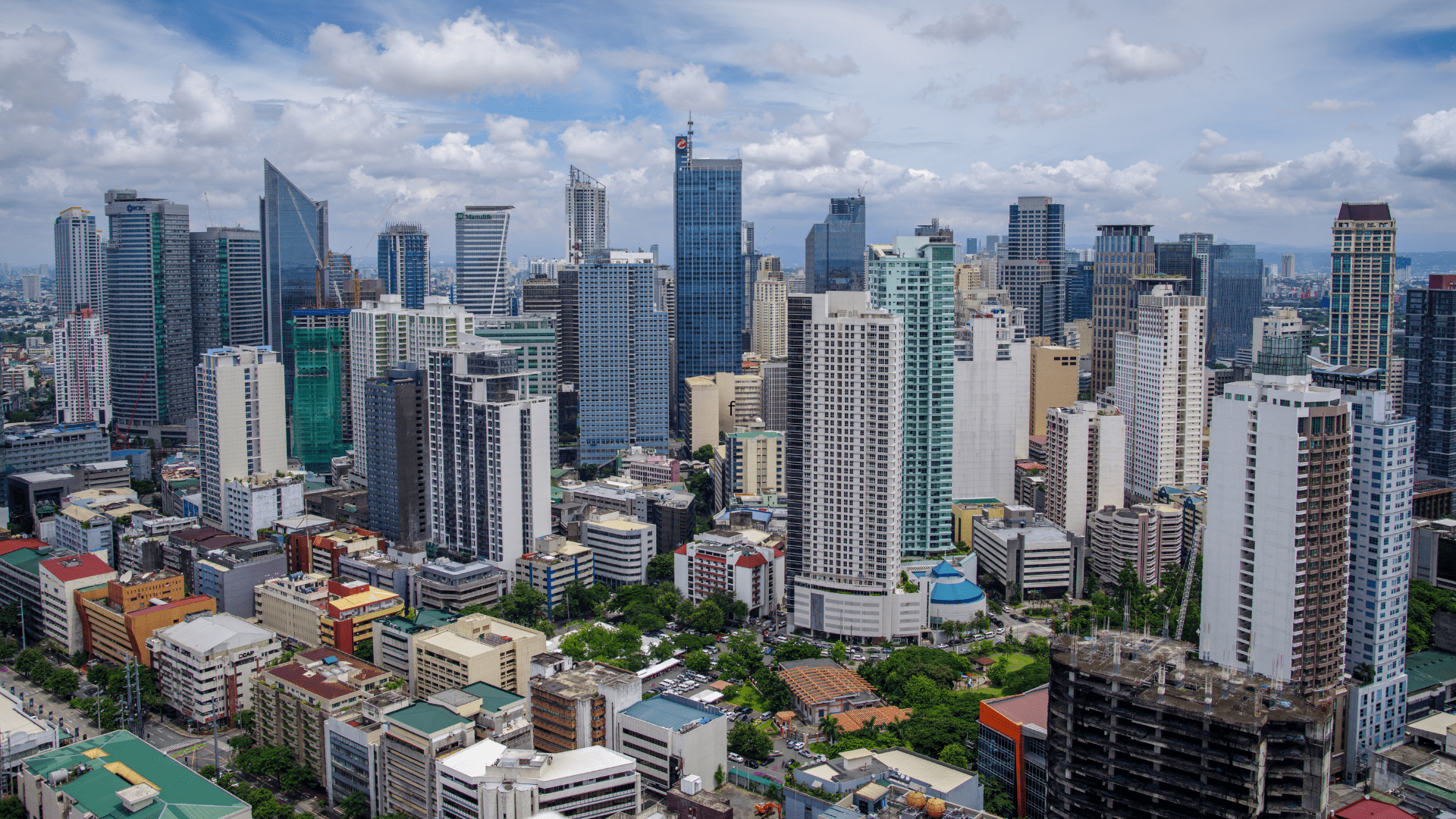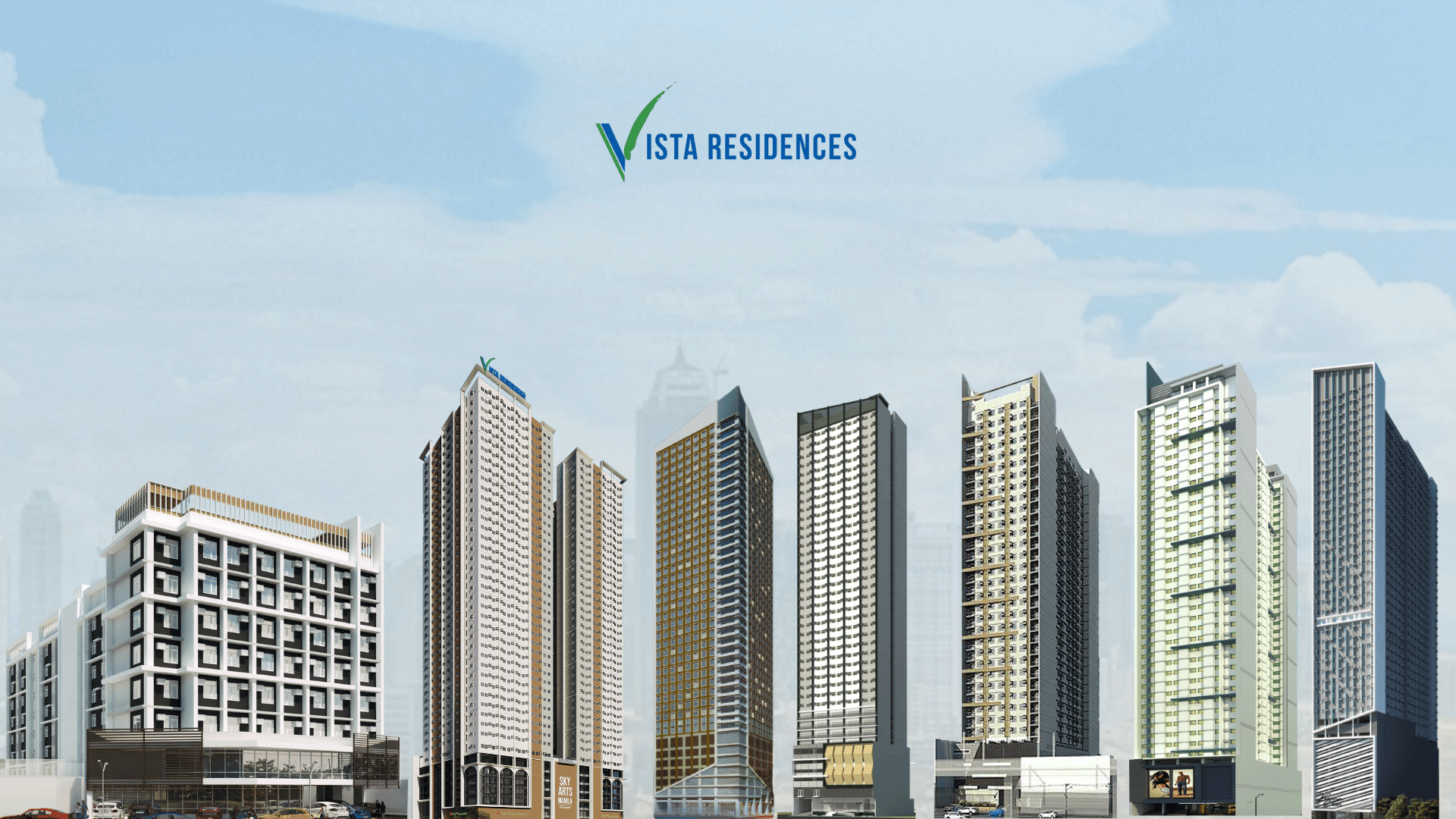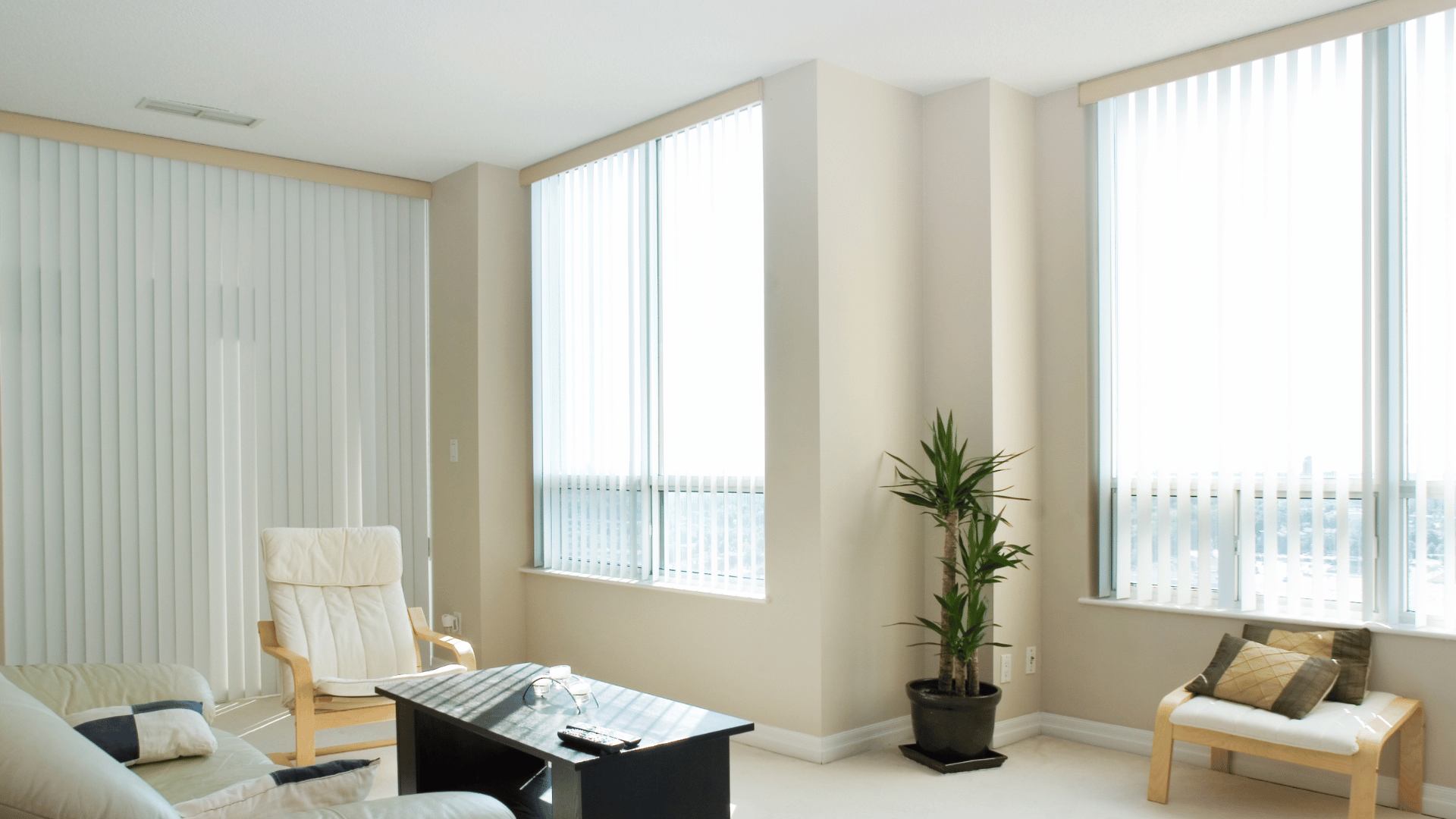Over the past few decades, the quantity of residential condominiums in Metro Manila has increased steadily. Condominium completion in the nation's capital region has come a long way. Condominium living offers many Filipinos a practical, economical, and comfortable lifestyle alternative, redefining the quality of living for both locals and foreign investors in the Philippines.
Starting as a complement to office space construction in the Makati central business district, it now offers alternative condominium options around the peripheries of the business hubs.
Definition of a Condominium
A condominium unit is a type of residential property that is a part of a larger structure or complex. The idea of "undivided ownership interest" is one of the most distinctive aspects of owning a condominium.
Although the apartment buildings are separately owned and the unit owner is free to use and occupy it, common features like the building's corridors, elevators, and amenities are shared by all unit owners. These are overseen by a homeowners condominium association or other comparable governing organization.
While the size and design of condominiums might vary, most have a living area, kitchen, bathroom, and one or more bedrooms.
History of Condominium Residential Units
During the late 1960s and early 1970s, the first condominium structures were built in Metro Manila, ushering in the history of condominium living in the Philippines. In response to the increasing demand for housing in urban areas, condominium arrangements were a more cost-effective option to single-family residences.
In the 1980s and 1990s, the Philippines' real estate market expanded significantly and the number of condominiums being built rose at an accelerated rate. As the Philippine economy expanded and foreign investment surged, there was a corresponding spike in demand for residential and commercial real estate.
In recent years, living in a condo in Manila and major cities in the country has become more and more popular. Particularly among local and foreign investors due to its handy location, affordable price, and plenty of amenities and services.
Condominium Ownership
The preference of many Filipinos to live in a condominium complex is due to a number of factors.
- Convenient Location: Because condominiums are frequently found in metropolitan areas, adjacent to important services and transit hubs, it is easy for inhabitants to commute to work or get other necessities.
- Facilities: A variety of facilities, like parking spaces, entertainment rooms, gyms, tennis courts, and swimming pools, are available in many condominiums. These features can make living there more comfortable and pleasurable for residents.
- Affordability: Compared to single-family dwellings, condominiums are often more affordable, making them an accessible option for many Filipinos, especially those living in urban areas with high housing prices.
- Maintenance and security: Condominium living typically involves paying a monthly maintenance fee, which covers the costs of maintaining common areas and providing security services. This can provide peace of mind for residents and reduce the burden of maintenance and security responsibilities.
- Community: Living in a condominium can provide a sense of community, as residents share common areas and interact with each other.
Architectural Development
Reflecting history and culture, the Philippines' rich architectural legacy has many foreign influences that helped shape its modern designs blended with various cultural elements and Western architectural styles. Although the architecture has developed in tandem with the country and its citizens, the history of the country still has remnants of a magnificent past.
Small traditional huts, massive Spanish colonial defenses, American Commonwealth architecture, and the modern, concrete cityscapes of today are all contrasted in this architectural environment. The Philippines has thus turned into a melting pot of architectural styles.
With a wide variety of home designs, from minimalist to Mediterranean coast influences, the majority of residences in the nation still have the same general appearance. The definition of a Filipino home has subsequently evolved due to developments in technology and building materials, as well as the introduction of new architectural ideas.
Townhouses and condominium designs are becoming popular, and the Bahay Kubo-styled bungalows are constantly being reinterpreted. Only time will tell what Filipino homeowners can expect in the future and what the next phase in the development of Filipino architecture will be. The country continues to remain true to its own architectural identity while opening up to more of the world's architectural styles.
Metro Manila Condo Market
Condominium building has been unrelenting due to Metro Manila's ongoing embrace of condominium living. According to Colliers Philippines, a leading diversified professional services and investment management company, the Metro Manila investor market would always be dependent on the opportunity for capital appreciation in condominiums.
New condominiums in Quezon City, downtown Manila, the Makati and Ortigas outskirts, Parañaque, and Las Piñas have complemented the vertical projects in key commercial districts in Makati, Ortigas Center, Fort Bonifacio, and the Bay Area. By 2024, Colliers project the condominium stock in Metro Manila's main business districts to attain 166,400 units, which is a 17% increase from 142,200 units in 2021.
Developers ought to actively promote the home market's potential as a hedge against inflation. In addition, Colliers has noted a consistent demand in important non-Metropolitan areas such as Pampanga, Cavite, Laguna, and Batangas for developments.
Investing in a Condo in Manila
When buying a condominium, investors should give careful thought to factors like the possibility for capital appreciation and the proximity of integrated neighborhoods and public infrastructure projects.
While it goes without saying that location and price are important considerations when choosing a condo, there are a few additional things to take into account as well:
- Location: Decide on a spot that will work best for you in terms of accessibility.
- Developer Reputation: Find out about the history and reputation of the developer. Seek out a trustworthy developer that has a track record of completing projects on schedule and at a high standard. Purchasing your ideal condo apartment may be derailed if you choose an unproven or unreliable agent.
- Budget: Think about how much you can afford to spend on a condo and how much you have in mind. Don't forget to account for monthly condo maintenance fees, association dues, and other expenses.
- Amenities: Find a condo with the features that are important to you. However, you can be paying more for something you don't intend to use if these amenities are nice to have but not necessary.
- Resale Value: Take into account the condo's resale value before making a purchase. This may serve as a reliable predictor of the property's future worth and assist you in making a more knowledgeable purchase choice.
- Legal and Regulatory Compliance: Verify that all legal and regulatory criteria, such as zoning laws and building licenses, are met by the condo you are interested in purchasing.
- Homeowners Association: Familiarize yourself with its financial soundness, maintenance history, set of rules and regulations, and other jurisdictions.
- Terms: Before signing, carefully read over the terms and conditions of the legal document. This includes any crucial information on payment plans, warranties, and other matters.
- Real Estate Agent: An agent not required when purchasing a condo in the Philippines. Nonetheless, having an agent might be advantageous since they can guide you through the procedure and guarantee that you are choosing properties wisely.
For individuals seeking a contemporary lifestyle, your best bet for a good investment is to select a condominium in Manila. Vista Residences offers pre-sale condominium projects in prime locations that are ready for occupation and a great option for investors.







